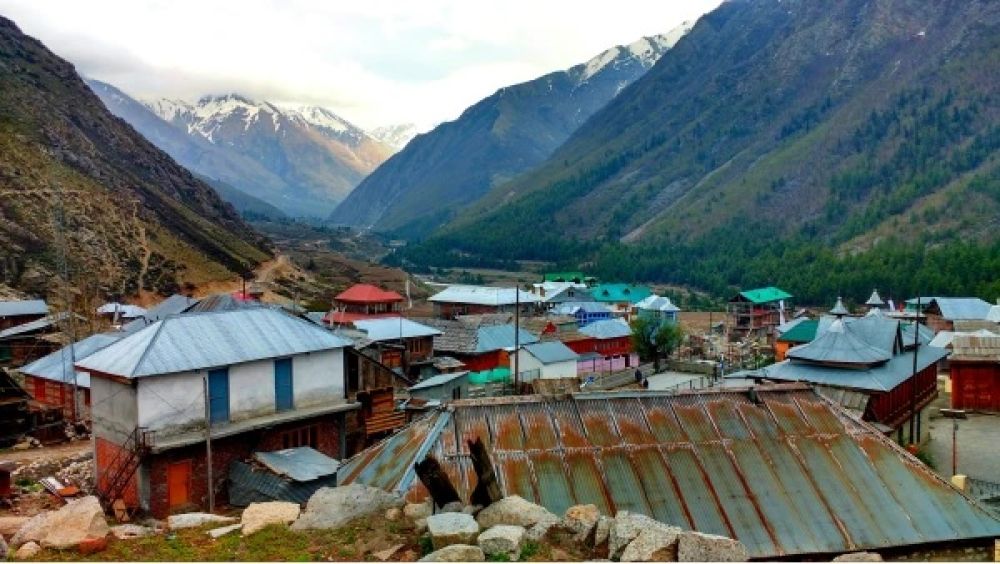

Set amidst the serene landscape of the Kinnaur district in Himachal Pradesh, India, the picturesque village of Chitkul has long been a hidden gem waiting to be discovered by travelers seeking solace in nature's pristine beauty. Known as the last inhabited village near the Indo-China border, Chitkul offers breathtaking views, a tranquil environment, and a peek into the lifestyle of its inhabitants, untouched by the hustle and bustle of city life.
The history of tourism in Chitkul is relatively fresh compared to other destinations in India. It was not until the latter part of the 20th century that Chitkul started gaining recognition due to the increasing interest in offbeat and tranquil retreats. The village's indigenous culture, traditional wooden houses with slate or wooden plank roofs, and friendly locals propelled its position as a unique travel destination.
In the early days, Chitkul was primarily visited by adventurers and explorers due to its remote location and challenging terrain. However, with the development of roads and an increased emphasis on sustainable tourism in Himachal Pradesh, Chitkul has become more accessible to a broader spectrum of tourists, seeking to experience its scenic splendor and cultural authenticity.
The government of Himachal Pradesh, in collaboration with local bodies, has worked to promote Chitkul as an eco-tourism spot, ensuring that the development does not hamper its ecological balance and cultural heritage. This responsible approach towards tourism has helped preserve the natural and cultural environment of the village.
As a result, comfortable homestays and guesthouses have been developed offering visitors a chance to experience Kinnauri hospitality. Local guides are available to lead treks and share stories that enliven the traditions and legends of the region.
In recent years, Chitkul has observed a shift in tourism trends. There has been an increase in visitors looking for solace and disconnect from technology, leading to a rise in 'digital detox' vacations. Chitkul's serene environment, away from the clamor of network connectivity, provides the perfect setting for such retreats.
Furthermore, with a growing emphasis on sustainable travel, more tourists are opting for homestays over hotels to reduce their carbon footprint and to engage with the local community. Activities like village walks, participation in local festivals, and traditional cooking sessions have become popular, enhancing the cultural exchange between visitors and locals.
Another emerging trend is the rise of adventure tourism, with Chitkul being a starting point for numerous treks into the Himalayas, such as the Lamkhaga Pass trek. The village also becomes a converging point for several high-altitude trekkers and mountaineers, looking to explore the Kinnaur region's rugged landscapes.
The magical allure of Chitkul, with its untouched beauty and unique cultural tapestry, continues to draw visitors from around the world. As tourism evolves in the region, it is imperative that sustainability remains at the forefront to protect this beautiful village and its heritage for future generations to cherish.